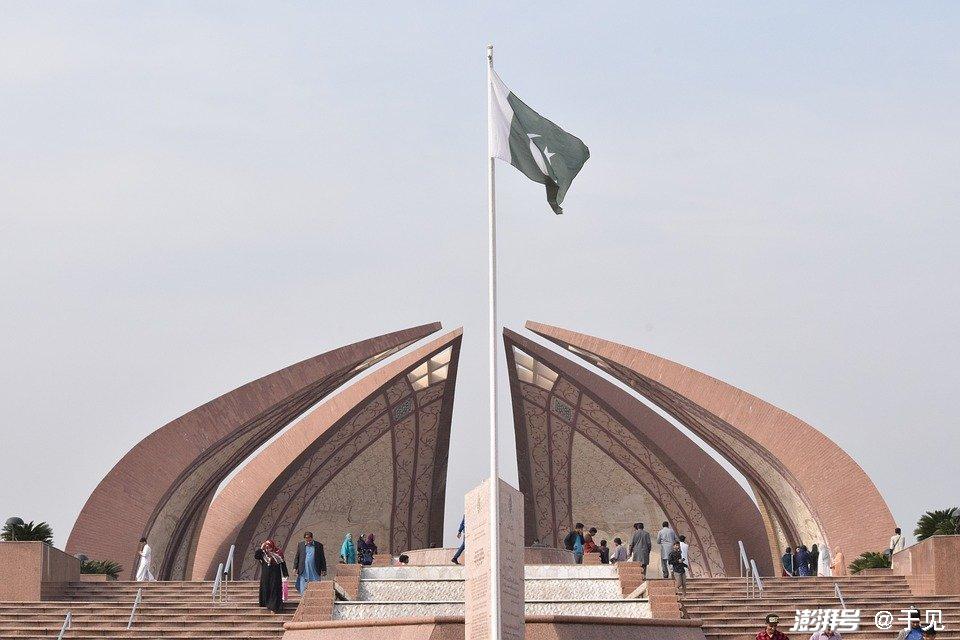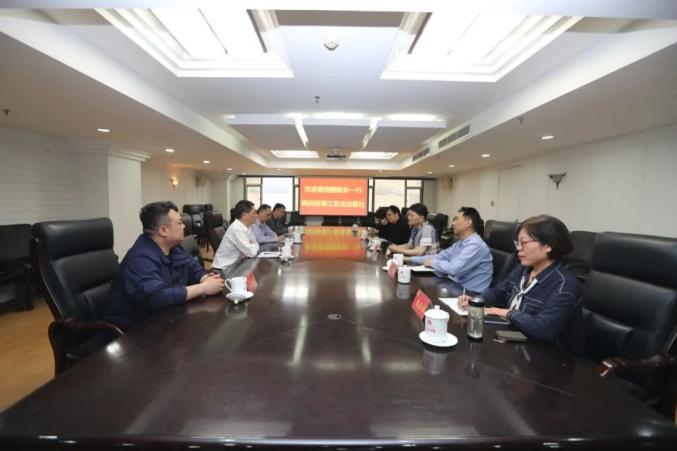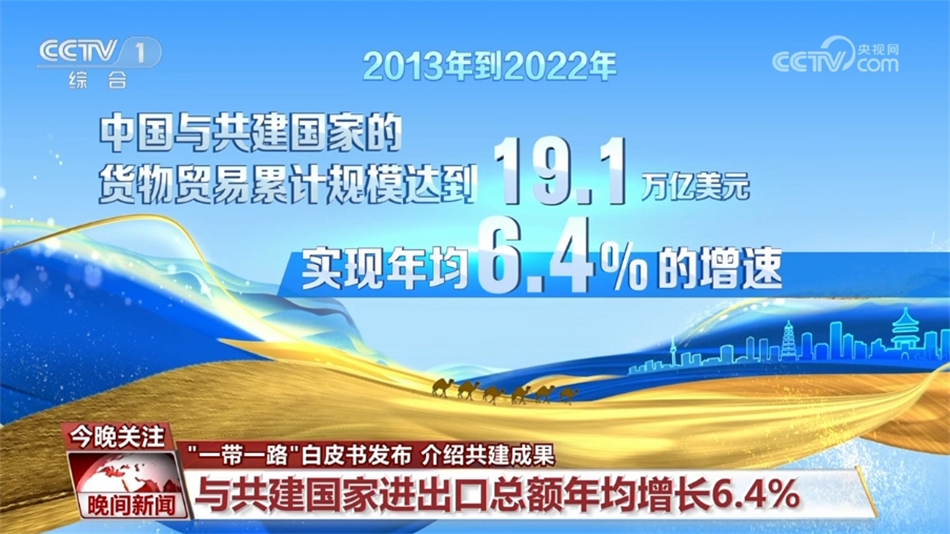The Pro-American End Will Reappear In The Crisis Of North-South Division, And May Repeat The Tragedy. Will China Take Action?
The Pro-American End Will Reappear In The Crisis Of North-South Division, And May Repeat The Tragedy. Will China Take Action?
Vietnam has a long history of differences between the north and the south, but the implementation of pro-US policies in recent years has undoubtedly exacerbated this differentiation. From a geographical point of view, the north is centered on Hanoi and has a strong political color, retaining a large number of socialist traditions, while the south is centered on Ho Chi Minh City.
The north-south difference in Vietnam has a long history, but the implementation of pro-US policies in recent years has undoubtedly exacerbated this differentiation. Geographically, the north is centered on Hanoi, with a strong political color, retaining more socialist traditions, while the south is centered on Ho Chi Minh City, with more active economy and higher marketization. This difference became more obvious after Vietnam joined the WTO in 2007.
Vietnam alone attracted more than 4,000 foreign-invested enterprises, of which nearly 70% had direct or indirect trade with the United States. This economic dividend is mainly concentrated in the southern region, further widening the gap between the north and the south. However, this pro-American tendency also brought about political differences. The Central Committee of the Communist Party of Vietnam once issued a document requiring all foreign-invested enterprises to pass Hanoi approval when entering Vietnam. On the surface, it is to strengthen supervision, but in fact it is a check and balance of the influence of the northern political forces on the southern economic influence.

The US penetration of Vietnam is not limited to the economic field. The US Agency for International Development has invested nearly US$60 million in Vietnam's social development projects, mainly concentrated in southern provinces. The United States also spreads Western values to the younger generation by holding lectures and cultural exchanges in southern Vietnam universities.
This leads to 73% of young people aged 18-35 in Ho Chi Minh City agree with Western democratic values, while this proportion in Hanoi is only 31%. This ideological differentiation is particularly obvious on social media, and netizens from the north and the south often have fierce debates over the differences in value.

This split in Vietnam has sparked concerns about a second North Korea. Looking back on history, the division on the Korean Peninsula began with the US-Soviet Cold War confrontation, which eventually led to a tragic war, in which China sent volunteer troops to help North Korea resist the United States-led United Nations forces with huge sacrifices.

Although the situation facing Vietnam is not exactly the same, it also has worrying similarities. Faced with this separatist crisis in Vietnam, China's attitude is crucial. Unlike during the Korean War, China has become the world's second largest economy and its means of responding to international crises are more diverse. At present, China's impact on Vietnam is mainly achieved through economic ties.
China has maintained its position as Vietnam's largest trading partner for many years, especially in northern Vietnamese provinces such as Lang Son and Laojie. More than 70% of trade relies on the Chinese market. This economic dependence has provided China with an important influence.
At the same time, China is also enhancing its strategic penetration into Vietnam through the Belt and Road Initiative. For example, the China-Vietnam cross-border railway project will connect Hanoi with Nanning, China, and greatly improve the logistics efficiency in northern Vietnam. By strengthening economic support for northern Vietnam, China is trying to balance the United States' influence in the south and prevent Vietnam from turning to the US camp.
In addition to economic means, China also shapes Vietnam's policy orientation through diplomatic and cultural influence. The ideological bond shared by China and Vietnam, especially the comrades and brotherly relations between the Communist Party of the two countries, provides China with a unique channel of influence.

Compared with the military intervention in the last century, today's China is more inclined to influence the surrounding situation through soft power such as economy and diplomacy, but this does not mean that China will sit idly by the potential division of Vietnam. An unstable Vietnam is not in line with China's security interests, especially considering that the two countries share a border line of more than 1,400 kilometers.
Therefore, China is likely to increase its economic support for Vietnam, especially in the northern region, to balance the gap between the north and the south. At the same time, China may also strengthen its ties with the conservatives of the Vietnamese Communist Party through channels such as inter-party exchanges and offset the influence of the United States.

The fate of Vietnam will eventually be decided by the Vietnamese people themselves, but historical experience shows that excessive reliance on external forces often leads to damage to sovereignty and national division. Whether it is the trauma of North Korea or the process of Vietnam's own unification, it should become a valuable lesson for today's decision-makers. Vietnam needs to face up to the differences between the north and the south, promote balanced development, and avoid repeating the mistakes of division. As a responsible major country, China should continue to promote regional stability in a peaceful way and contribute wisdom and strength to the prosperity of the Asia-Pacific.






